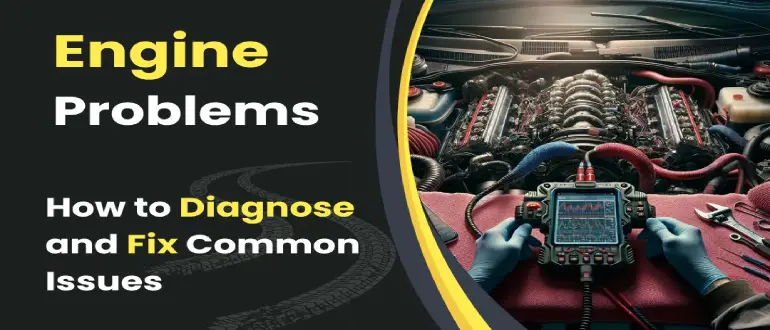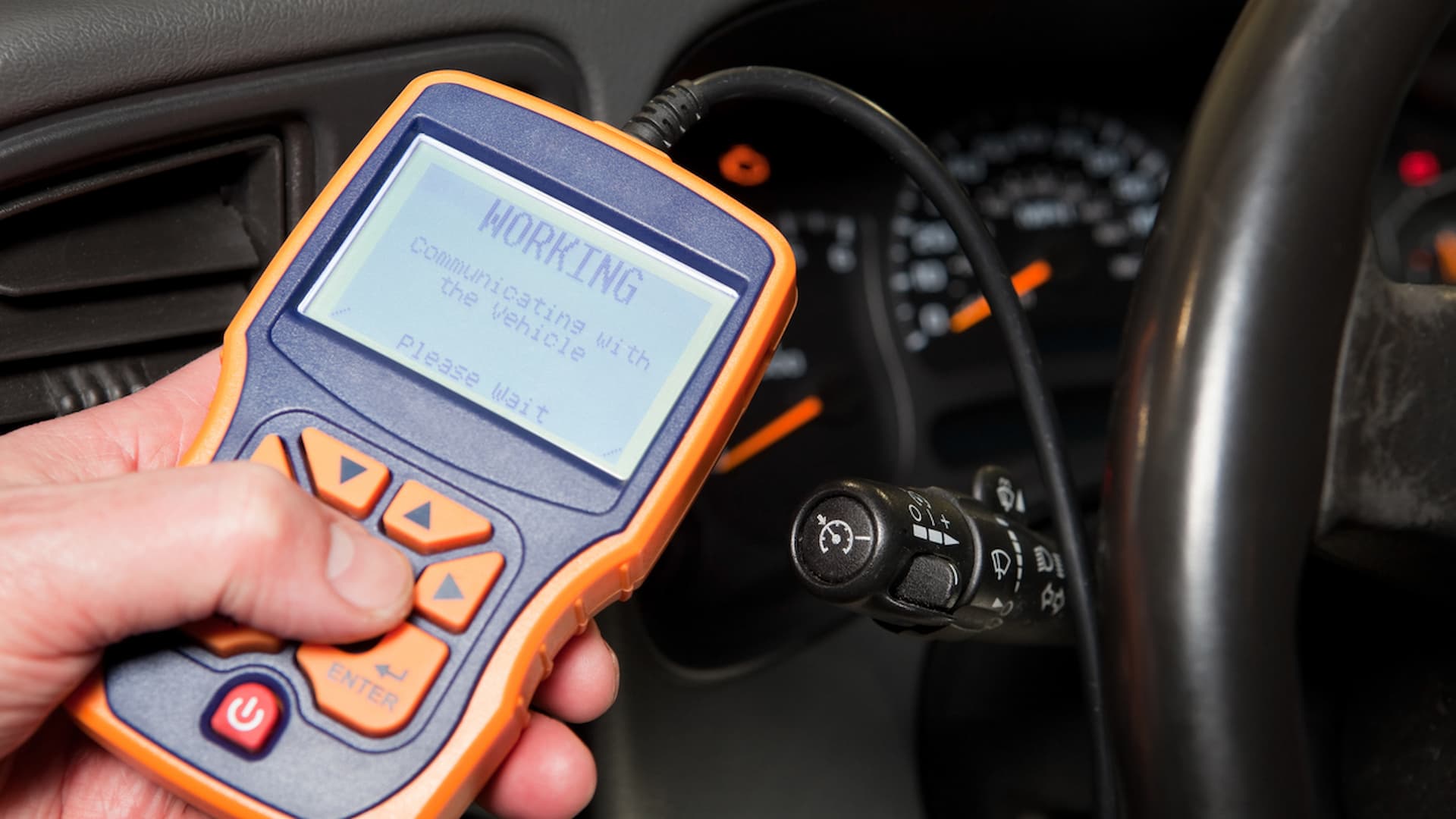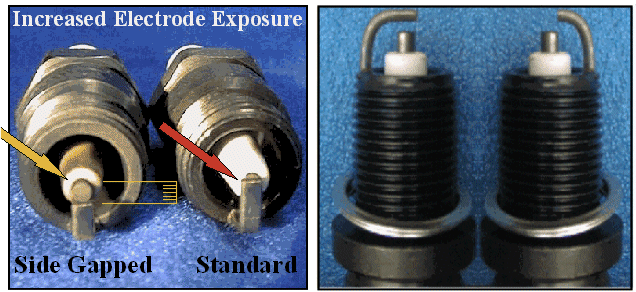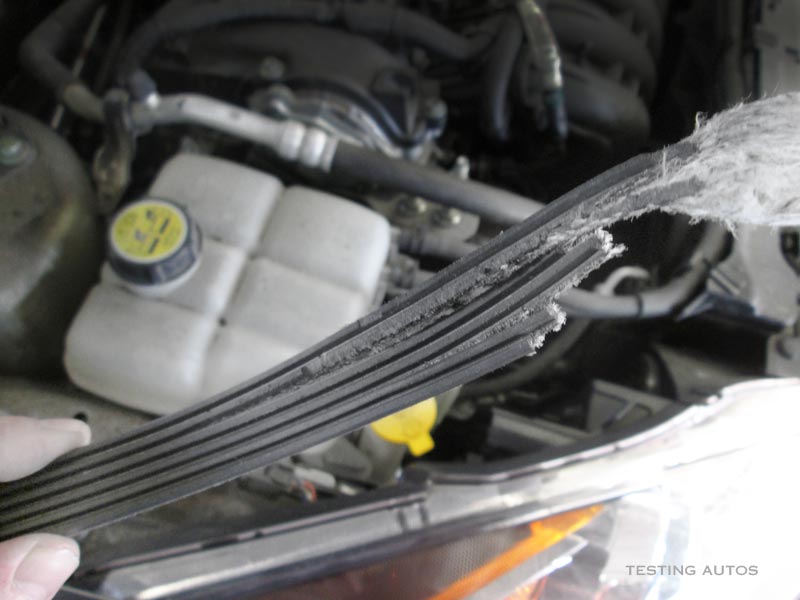How to Diagnose Car Engine Problems: A Step-by-Step Guide with Visual

Is your car making strange noises? Is the check engine light on? Don’t panic — many common car engine problems can be diagnosed right in your driveway with a little guidance, some basic tools, and a careful eye.
This step-by-step guide will help you spot the most frequent car engine problems, explain what the symptoms mean, and show you how to use visual and digital tools to identify problems before they become expensive repairs.
🔧 Step 1: Know the Key Car Engine Problems Components
Before you begin diagnosing anything, it's important to understand the basic parts of your engine and what they do. Here are a few key components that could be the root cause of common car engine problems:
- Spark Plugs – Ignite the air/fuel mixture inside the cylinder. Faulty spark plugs can cause misfires, a common car engine problem.
- Oxygen Sensor – Measures how much oxygen is in the exhaust gases. A malfunctioning sensor can cause engine performance issues.
- Serpentine Belt – Powers the alternator, water pump, and other accessories. A worn belt can lead to engine failure.
- Air Filter – Keeps dust and debris from entering the engine. A clogged air filter is one of the most common engine problems.
- Coolant System – Regulates engine temperature (includes radiator, fan, and hoses). Overheating is a common sign of a coolant system failure.

🚨 Step 2: Common Car Engine Problems to Watch For
1. Check Engine Light and Its Relation to Car Engine Problems
When the check engine light appears, your vehicle is trying to tell you something's wrong. It could be minor — like a loose gas cap — or more serious like a misfire or failing sensor. Ignoring this warning can lead to further car engine problems.

2. Identifying Noises as Indicators of Car Engine Problems
- Knocking – Could be low octane fuel or bad spark plugs.
- Ticking – Often linked to low oil pressure or worn valves.
- Squealing – Usually a loose or worn belt.

3. Rough Idling or Vibrations: A Sign of Car Engine Problems
Shaking or bouncing while idling may indicate faulty spark plugs, dirty fuel injectors, or vacuum leaks, all of which are common car engine problems.
4. Overheating: One of the Most Common Car Engine Problems
If the temperature gauge rises quickly or you see steam, pull over safely. It could mean low coolant, a stuck thermostat, or a failing radiator fan — all major causes of overheating and other car engine problems.
🔍 Step 3: Use an OBD-II Scanner to Identify Car Engine Problems
Every car made after 1996 has an OBD-II port. Here’s how to use a scanner to read engine codes:
- Turn off the car and plug the scanner into the OBD-II port.
- Turn the key to the "ON" position (don’t start the engine).
- Follow on-screen prompts to retrieve error codes related to car engine problems.
Common Codes for Car Engine Problems:
- P0301 – Cylinder 1 Misfire Detected
- P0171 – System Too Lean (Bank 1)
- P0420 – Catalyst System Efficiency Below Threshold

🧪 Step 4: Perform a Visual Inspection for Common Car Engine Problems
Check Spark Plugs for Car Engine Problems
Remove a spark plug and inspect it:
- Clean/tan = Normal
- Black/sooty = Rich fuel mix, a sign of potential car engine problems.
- White/blistered = Overheating
- Oily = Possible oil leak

Inspect Belts and Hoses for Common Car Engine Problems
Look for cracks, looseness, or fraying. Squealing may indicate a worn serpentine belt, which could lead to serious car engine problems.

Check the Coolant Reservoir for Possible Car Engine Problems
Low coolant levels or milky fluid may point to leaks or head gasket issues, both of which are common car engine problems.

🛠️ Step 5: Decide What to Do Next for Car Engine Problems
Some issues are easy to fix yourself:
- Replace spark plugs
- Refill coolant
- Tighten gas cap
- Clean or replace air filter
However, serious issues like misfires, engine knocking, or overheating should be inspected by a certified mechanic.
📌 Final Tips for Diagnosing Car Engine Problems
- Keep a car maintenance log to track symptoms and repairs.
- Perform regular oil changes and fluid checks.
- Disconnect the battery before working on any electrical components.
🖼️ Summary of Visual Aids:
- Labeled engine diagram showing parts related to car engine problems
- Check engine light example
- OBD-II scanner image with error codes
- Spark plug comparison photo
- Damaged belt image
- Coolant system inspection photo
- Engine noise explanation chart
For additional information on OBD-II error codes and how to interpret them, visit Autobahn Automotive - OBD-II Codes. Learn more about common engine repairs on Car Bibles for expert tips.
Need advanced tools for diagnosing engine problems? Check out the John Deere EDL V3 Diagnostic Tool for advanced car diagnostics.
If you’re looking for a multimeter for checking electrical components, Amazon has a variety of high-quality options.
Check out our Car Maintenance Tips page for more detailed advice on keeping your engine in top condition.
